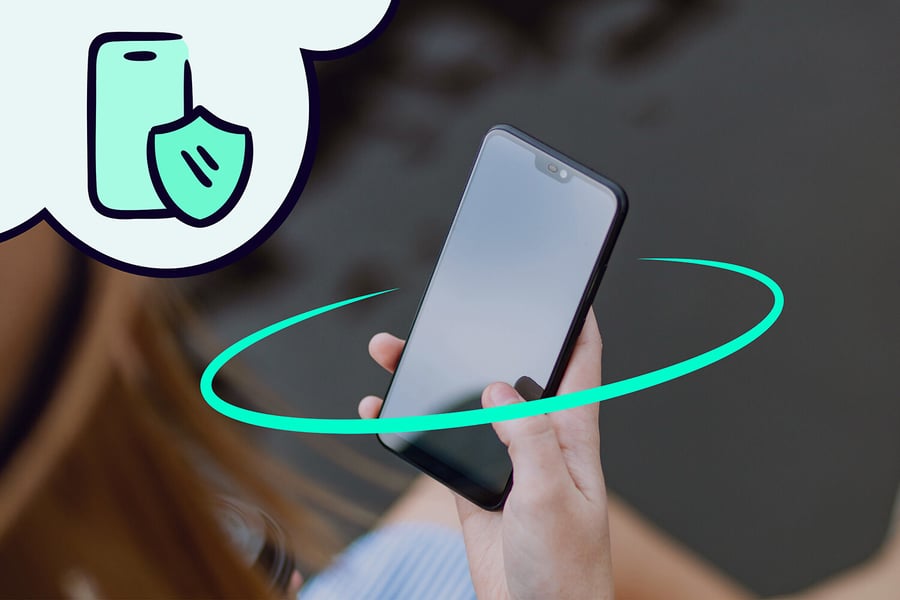The Invisible Shield: Why Mobile App Shielding is No Longer a Choice

Apps today are not just tools; they are well embedded in everyday and professional lives. From finance and healthcare to communication and trade, mobile apps process sensitive information every second. As more and more cyberattacks increase in volume and intelligence, attackers now specifically target mobile apps to take advantage of their vulnerabilities. They don’t simply search for information but also on how to reverse-engineer, clone, or alter app behavior. mobile app shielding is the reason why security becomes a central pillar in the cycle of any app.
- What Makes an App Vulnerable: Each application has a codebase that, on download, can be decompiled, examined, and even edited. Attackers take advantage of this to insert malicious code, delete license checks, or circumvent security policies. This leaves piracy, hijacking of data, and damage to reputation options open. In nations with huge mobile uptake, like India, the effect of such exploits is tremendous because millions of consumers can be hit simultaneously. Such vulnerabilities need to be addressed proactively rather than patching after the fact.
- User Trust with Security: Security influences the perception that users have of the app. When users understand that their activity and data are secure, they will use the app more frequently. In digital upsurge platforms such as India, a single high-profile security incident can destroy user trust permanently. Guarding enables developers to build this trust behind the scenes without displaying alerts or notifications, preserving a secure yet frictionless experience.
- Why All Sectors Must Adapt to It: Mobile app security is not confined to healthcare or financial matters. Any app—delivery apps, education platforms, gaming apps—can be on the target list. Any service that keeps or handles user data is a hacker’s playground. In India, where digital services and startups are sprouting day by day, creating protection from scratch is the key to survivability and trust by users. Startups can prevent expensive legal issues and maintain their intellectual property secure from theft or piracy.
- Impact on Development and Maintenance: Others are concerned that deploying security will hinder app performance or the rate of development. But today’s app protection solutions are lightweight and developer-centric. They can easily insert themselves into DevOps pipelines with little or no code changes. Operations become easier since real-time analytics provide rich indications of attempted attacks, so teams don’t have to waste time in code reviews for non-substantive changes. It is this synergy of automation and visibility that makes guarding scale and work.
- Cost of Ignoring Shielding: Most app developers shirk additional layers of protection because of financial limitations. Yet, the expense of a single breach—legal exposure, user loss, app removal, and brand destruction—is many times more costly than having security in the first place. Particularly in India’s cutthroat tech environment, one breach can give away your market share to a competitor overnight. Protection is not an added expense; it’s a necessary investment that can pay for itself in avoiding irreparable harm.
- How Shielding Complies with Any Legal Needs: With ever-more data privacy regulations like India’s Digital Personal Data Protection Act, businesses have more pressure placed on them to safeguard user data. Shielding serves to satisfy such regulations by encrypting personal information during the user session securely. Compliance can be easier to prove during an audit because shielding provides logs, threat intelligence reports, and tamper-evident data access. It demonstrates that the business values the privacy of the user.
- A Quiet Layer of Protection: The average app user and even programmers are unaware that encryption or a firewall is not enough to repel attacks. Apps become vulnerable on insecure devices, jailbroken systems, or network sniffing. This is where mobile app shielding steps in—not by keeping the user activity out but quietly enshrining a protection layer around the app. It runs in the background, code hardening and preventing unauthorized actions or changes without interfering with the user experience.
- Real-Time Action to Real-Time Threats: One of the greatest strengths of shielding is the real-time protection. In contrast to older security models that assume updates or warnings are necessary, app shielding responds in real time. For instance, if a person tries to run a bank app through an emulator or with a debugger turned on, the shielding layer will automatically block the move. It does not even wait for user action or cloud validation. It guards against identified as well as unidentified threats at runtime, highly applicable in fast-changing digital environments.
- Shielding versus Traditional Security Tools: The majority of the app developers have the illusion that password strength, simple encryption, and SSL certificates are enough. These are similar to locked gates with no watch. App Shielding adds all of these with sensors that monitor every point of interaction. Traditional security tools are concerned with keeping things from happening, but Shielding is concerned with detection and immediate containment. It protects so that even if a single layer fails, the inner core remains inaccessible and secure.
- Intellectual Property Protection in the New Age: Mobile apps are not utility tools by any means—there’s business logic, proprietary algorithms, and monetization strategies built into them. They can be copied or reengineered with no safeguard. Shielding secures the critical logic and prevents unauthorized copying so that your app doesn’t turn into someone else’s. In India’s concept-driven app economy where ideas are rapidly commercialized, shielding stops creativity from getting hijacked.
- Future-Proofing Applications: The threat environment in cyberworld changes on a daily basis, and ensuing attacks can utilize AI, automation, and sophisticated social engineering to gain entry. One of the very few security models that adapts to these changes is Shielding. It employs behavior-based detection as opposed to signature-based identification, i.e., it can react to threats that don’t even exist yet. For Indian developers interested in developing long-term products, this is an important aspect of being ahead in the security game.
Conclusion
Forgetting mobile app protection in the current landscape is like traveling in a storm without a raincoat. It is no longer a choice but a sound and necessary defense tactic for every serious app creator. Whether developing a game or an official service, cyberspace needs stronger shields than before. As the threats become sharper and people become more vigilant, incorporating good protection becomes unavoidable. Businesses wishing to remain believed within the Indian marketplace need to take into account developing security solutions such as doverunner as an integral part of their core product strategy.







